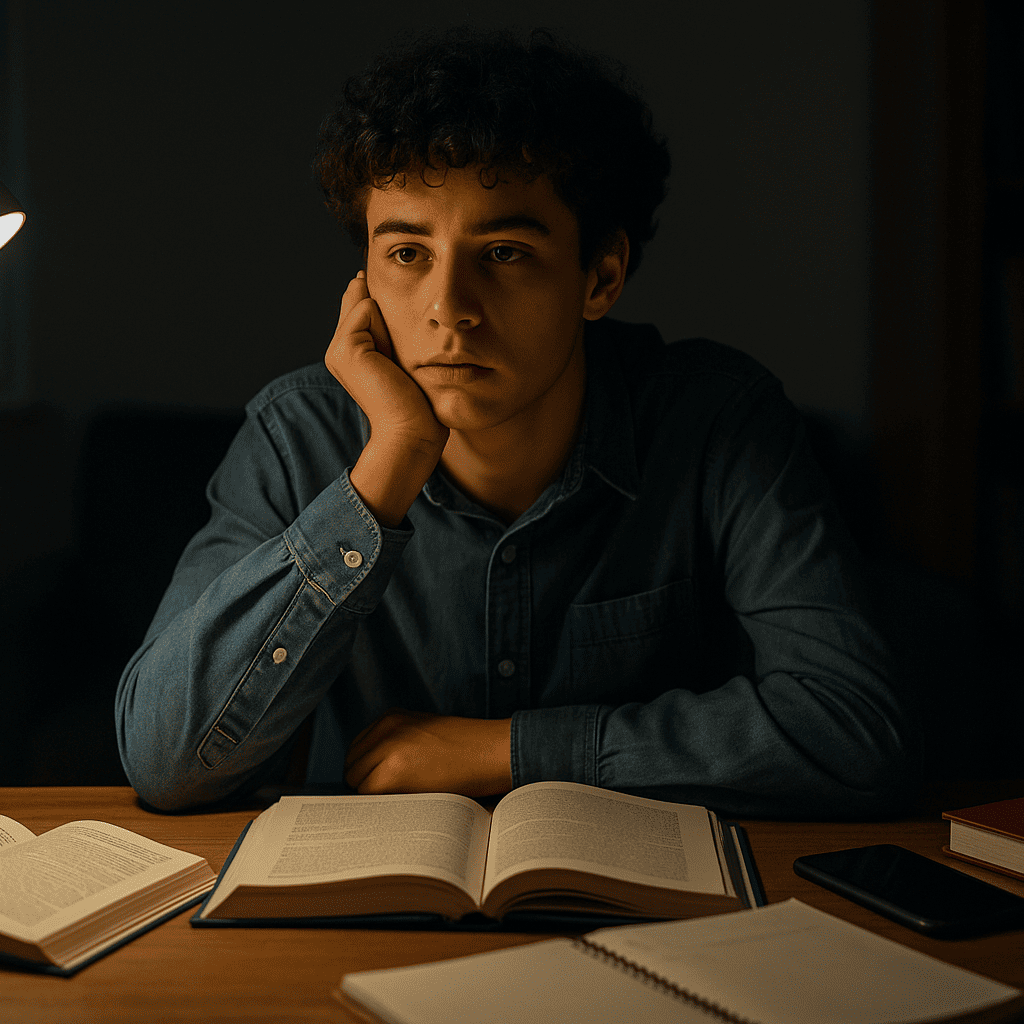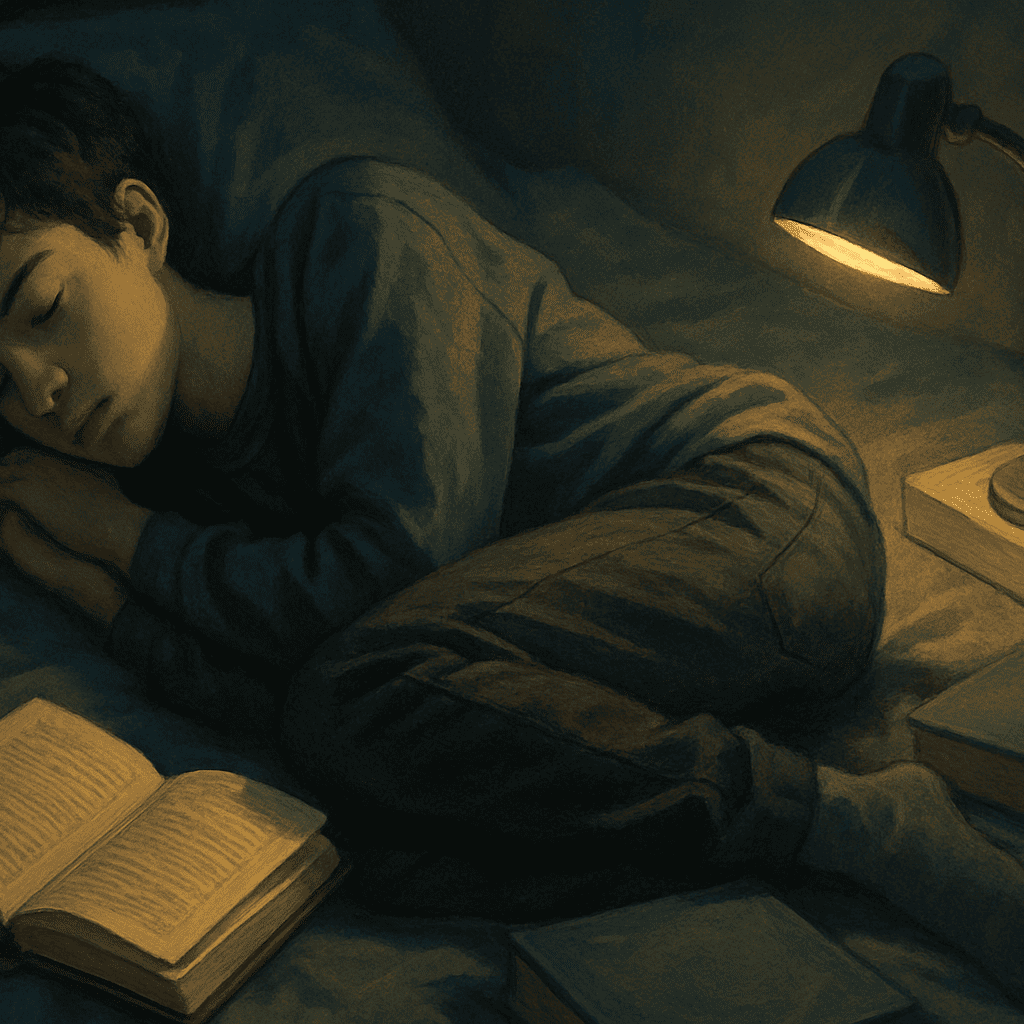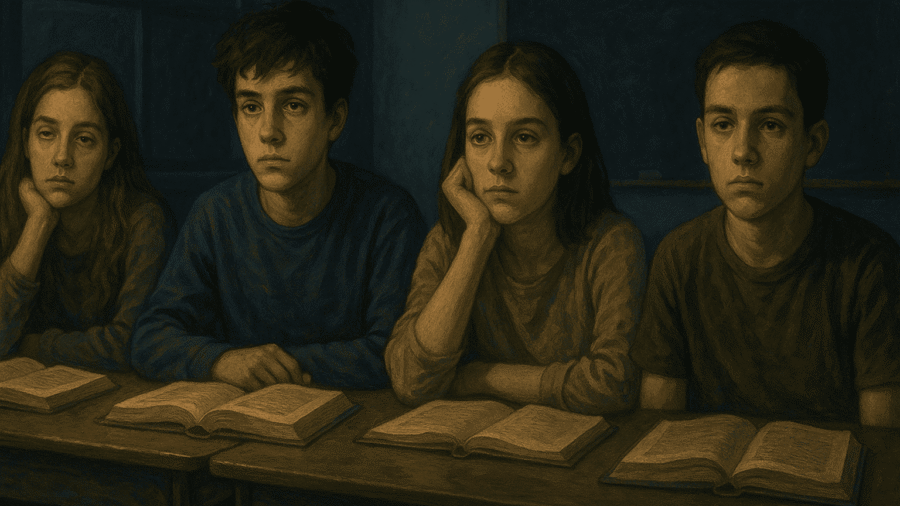Every morning, thousands of teenagers wake up already emotionally tired. Not only from a lack of sleep alone, but from the mounting pressure to keep up with grades, expectations, friends, and their future. What used to be simple routines now feel like survival. This is not laziness or lack of motivation. It is burnout.
And it is spreading quietly through the halls of high schools everywhere. Burnout in adolescents has become a growing psychological health concern, with many teens experiencing emotional exhaustion, loss of purpose, and mental withdrawal from school and life.
Let us unpack what burnout looks like for high schoolers, why it is happening, and how we can begin to help.
What Is Burnout in High School Students?
Student burnout is not a moment of stress. It is a prolonged emotional state marked by:
- Exhaustion: A feeling of physical and mental depletion
- Cynicism: A growing detachment from school and relationships
- Reduced efficacy: A deep sense of not being “good enough” no matter how hard one tries
According to a systematic review on PubMed, burnout is typically as a result of chronic exposure to academic little or no time to rest or sufficient socio-emotional support.

Why Are So Many Teens Burning Out?
There is no single cause but several overlapping ones:
1. Excessive Academic Pressure
The stress of achieving the best grades, securing scholarships, and creating the perfect college resume can turn learning into a relentless competition. Luga et al. (2023) reports that many high school students feel they must excel in every subject, every test and exam at every time.
2. Achievement Culture
In a Common Sense Media report, over 50% of teens said they feel pressured to plan their entire lives by age 16. For many, this leads to a constant performance mindset: to be seen as worthy, one must always be producing or improving. This is especially damaging for students with perfectionist tendencies.
3. Post-Pandemic Emotional Fatigue
The majority of students returned to school after the pandemic with a lot of emotional baggage. Research by Lacombe et al. (2023) reported that students who felt school was “back to normal” were less likely to experience burnout showing how unresolved grief, fear, or uncertainty deepens emotional fatigue.
4. Lack of Support at Home and School
Students who do not feel cared for by parents or teachers are more vulnerable to burn out. A positive learning environment and responsive relationships matter. According to Eleuteri et al. (2025), emotional safety is one of the most protective factors against burnout.
In The Rising Epidemic of Anxiety Disorders in Teens, PsycheShare explores how unmanaged stress and overcommitment in adolescence create lasting damage to emotional health.
What Burnout Feels Like for Students
Burnout for most teens isn’t dramatic. It happens in silence, in subtle changes, and in gradual withdrawal:
- No longer enjoying favourite subjects or hobbies
- Having trouble waking up, concentrating, or remembering things
- Increased irritability or emotional numbness
- Feeling that nothing they do is good enough
- Pretending to be motivated in order to meet other people’s expectations
In The Silent Struggle of High-Functioning Anxiety, PsycheShare captures this duality of how some students excel outwardly while drowning internally.
These signs are easy to miss but devastating when ignored.
The Hidden Role of Sleep and Recovery

Burnout thrives where rest is undervalued. Students today are sleeping less than ever. Chronic sleep deprivation affects mood, memory, and resilience. In The Connection Between Sleep and Mental Health, PsycheShare explains how restoring sleep the first line of emotional recovery is often.
Students are not machines. They need time to disconnect and feel joy without the pressure to achieve.
What Can Be Done? Small Steps That Make a Big Impact
Burnout is reversible but only if the emotional load is recognised and compassionately addressed. Here are some supportive approaches for students, parents, and educators:
Students:
- Set boundaries on schoolwork and social media
- Take real breaks, unstructured, non-academic time
- Talk to someone: a trusted adult, counselor, or peer
- Reflect on what matters most not just what is expected
Parents:
- Ask about feelings, not only about grades
- Praise effort and resilience, not perfection
- Model rest and self-compassion in your own life
Educators:
- Prioritise emotional check-ins over performance
- Incorporate mental health literacy into lessons
- Reduce unnecessary homework load
- Be a safe, non-judgmental listener
These small acts of empathy build resilience and remind students that they are more than their output.
Burnout Is a Signal, Not a Weakness

When a student burns out, it is not a sign that they have failed. It is a sign that something in their environment is demanding more than they can give without harm.
Let us listen carefully to what burnout is trying to tell us: that every student needs rest, meaning, and emotional safety to thrive.



[…] can also read “Why High School Students Are Struggling with Burnout” to find out more about where pressure starts and what to […]